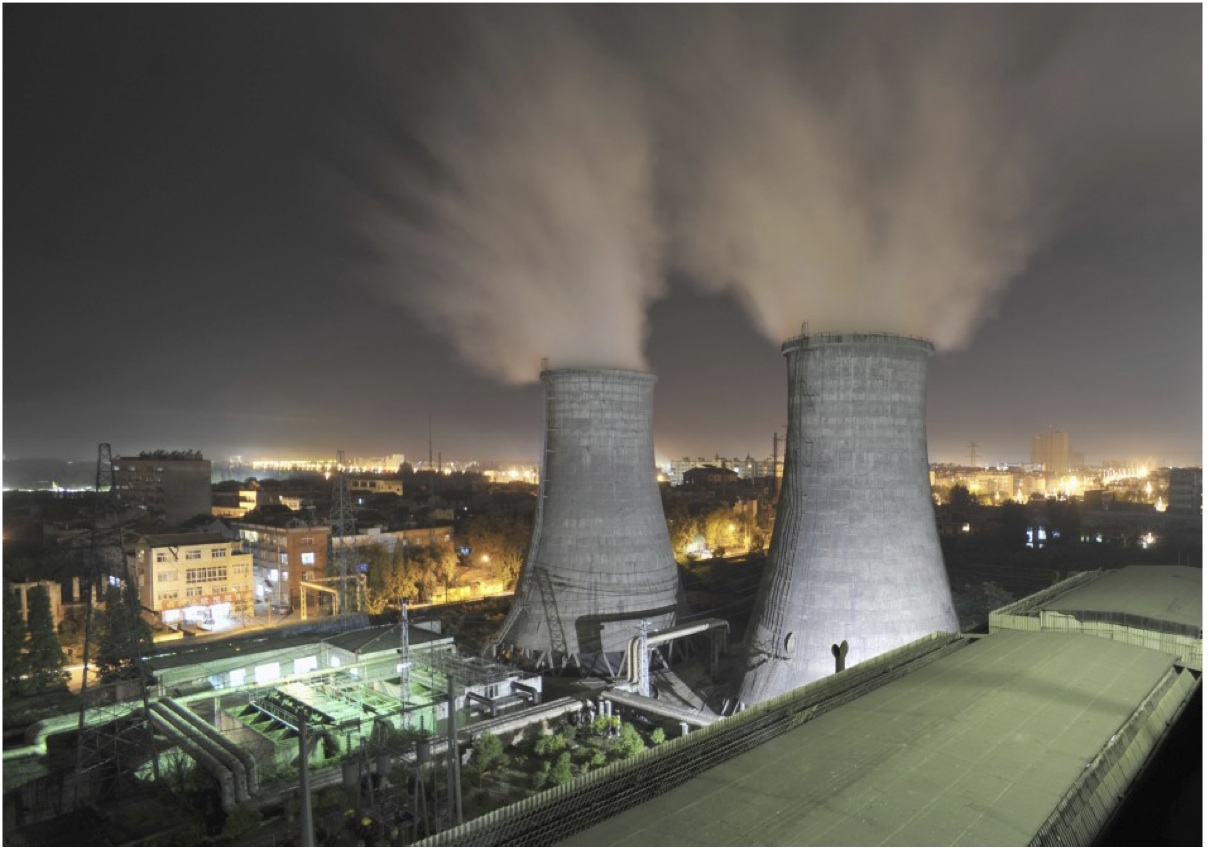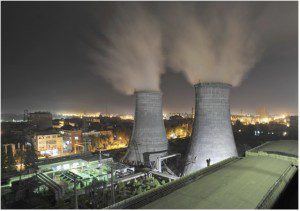
11 May EARTH MATTERS: AIR POLLUTION KILLS
 In the summer of 1982 I was a young mountaineer cutting my teeth on the steep slopes and hard rock of the San Juan Mountains in Colorado. Sitting atop Hesperus Mountain (13,232 ft.), I would gaze southward towards the four corners of New Mexico, Utah, Arizona, and Colorado in awe of the crystal clear blue skies that seemed to stretch out for well over a hundred miles. Breathing the rarefied air felt like the taste of pristine rocky mountain spring water. After sunset, the night sky was brilliantly lit with innumerable pulsating stars that appeared so close I thought I could reach out and feel the energy from their solar flares. Sitting among a landscape of high alpine flowers, I came to understood how important our surrounding environment is to the health of our society, past, present, and future.
In the summer of 1982 I was a young mountaineer cutting my teeth on the steep slopes and hard rock of the San Juan Mountains in Colorado. Sitting atop Hesperus Mountain (13,232 ft.), I would gaze southward towards the four corners of New Mexico, Utah, Arizona, and Colorado in awe of the crystal clear blue skies that seemed to stretch out for well over a hundred miles. Breathing the rarefied air felt like the taste of pristine rocky mountain spring water. After sunset, the night sky was brilliantly lit with innumerable pulsating stars that appeared so close I thought I could reach out and feel the energy from their solar flares. Sitting among a landscape of high alpine flowers, I came to understood how important our surrounding environment is to the health of our society, past, present, and future.
During the following decade, population pressure, materialism, and society’s addiction to energy resulted in the construction of several coal burning power plants in the Four Corners region, thousands of acres of concrete encapsulating the surface of the Earth and millions of new cars traveling on newly paved roadways.
By 1990, the haze from particulate matter, sulfur dioxide, and nitrogen oxides emitted into the atmosphere from human activity had caused the sky on an increasing number of days to appear diluted with dirty dishwater. Corresponding with the increase of these human-induced air pollutants emitted into the atmosphere there was also an alarming surge in respiratory-related health problems in the region, including an increase in the number asthma cases among children and premature deaths among adults.
On a global scale, similar environmental and human health impacts caused by a significant influx of human-induced air pollutants intensified as a result of fossil fuel use to power a manufacturing industry primarily developed to satisfy the materialistic demands of developed countries. In turn, the swell of industrial production compounded the global air quality problem. As I had shared in one of my previous columns for Earth Matters, ”Climate Change is Real,” whatever is emitted–from anywhere–into the atmosphere- spreads everywhere.
Air Pollutant Research
In reaction to the rapid rise in the amounts of particulate matter, sulfur dioxide, and nitrogen oxides, the administration of former U.S. President Bill Clinton strategically installed air quality monitoring devices in thousands of counties across the nation to evaluate the consequences. The U.S. Environmental Protection Agency (EPA) and the Department of Health (DOH) targeted the same actors because the compounds are thought to be a significant cause of approximately 2.4 million air pollution-related deaths worldwide per year. Other types of air pollutants contribute on a smaller scale to the problem including carbon monoxide, lead, ozone, and volatile organic compounds such as hydrocarbons, alcohols, aldehydes, and ethers.
According to the EPA, the type of particulate matter that has the greatest effect on human health consists of fine particles micron size – 2.5 (pm 2.5) to 10 (pm 10) – suspended in the atmosphere. The sources of these fine particles, in nearly equal measure, include emissions from power plants, industrial activities, and vehicles. (Interestingly, vehicles create more fine particles when they drive on paved roadways in comparison to driving on dirt roadways because the harder asphalt surface facilitates crushing larger particles.)
Fine Particulate Matter: Telluride
The unique topography of the Telluride Valley explains why fine particulate matter emitted into the atmosphere in that area is significantly more relevant than the same substances emitted into a city located on an open plain or along a coastline. To illustrate the point, think of the horseshoe-shaped Telluride valley as similar to a washbasin with high walls. Put dirty clothes into a washbasin filled with clean water and what happens? It becomes murky from the grease and grime. In the same way, fine particulate matter pollutes the clean air in Telluride. Furthermore, in cities located on an open plain or along a coast, wind removes the bad stuff. In contrast, the high-walled washbasin topography of Telluride traps the fine particulate matter.
But there is a silver lining. Telluride has excelled in taking action to ensure a healthy environment, especially when we compare the town to the majority of communities in the U.S. The key to reducing fine particulate matter in Telluride is simple: leave cars parked at home or in the public lots at the edge of town. Telluride is a great place to walk. Or take advantage of our free public transportation system whether it is the Galloping Goose bus or gondola.


Sorry, the comment form is closed at this time.